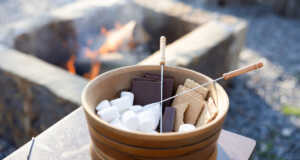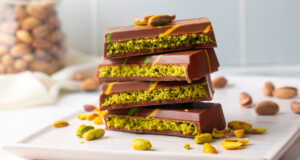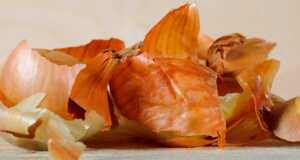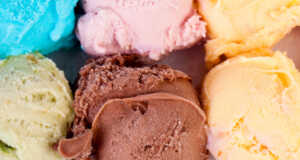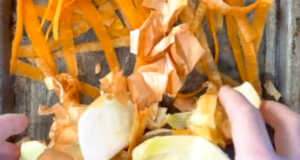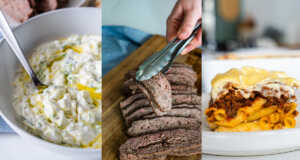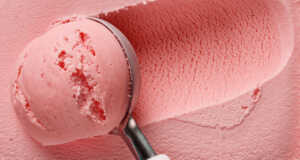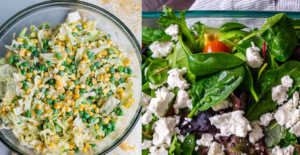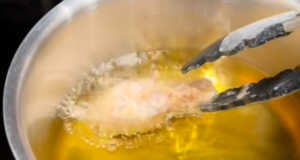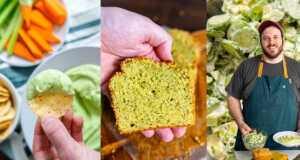East of Ireland and north of England is Scotland, a large country taking up one-third of the United Kingdom and home to a plethora of historical sites and rich landscapes. The harsh temperatures and weather patterns of Scotland definitely puts a lot of meaning to the term tough like a scotsman. When one thinks of Scotland, it’s seldom about the food, which is a shame because there are tons of unique foods that are distinctive from other United Kingdom countries.
Macaroni Cheese Pies

You would think with a fusion of carb-on-carb, this dish would be American in origin, but it is in fact from Scotland. Macaroni came onto the Scottish food scene in the late 18th century and was seen as an exotic import novelty. Through the 18th and most of the 19th century, pasta was made in Italy, imported to the United Kingdom, and either sold or auctioned to distributors or grocers, essentially macaroni was far from a common man’s ingredient. Between 1890 and 1914 some 4500 Italians immigrated to Scotland, and with them, probably came an increased access to Italian products. So it’s no wonder that by the 1890s macaroni seemed to be more accessible (thanks to immigration, mechanized pasta manufacturing, and increased availability of durum wheat) as it appeared in cookbooks as filler items to bulk up stews and soups. The first macaroni pie was mixed with fish, other newspaper-published versions called for mutton, hard-boiled eggs, or other small bits of meat. In the 20th century (thanks to domestic production and Canadian imports) macaroni was promoted as a meatless alternative and used in state-sponsored classes to promote healthy cooking. Only wartime rationing strained macaroni pie’s production, but the demand for this dish remained strong and steady and continued production once rationing rules were lifted. Today macaroni pie is generally without meat and served in countless bakeries throughout Scotland.
Cranachan
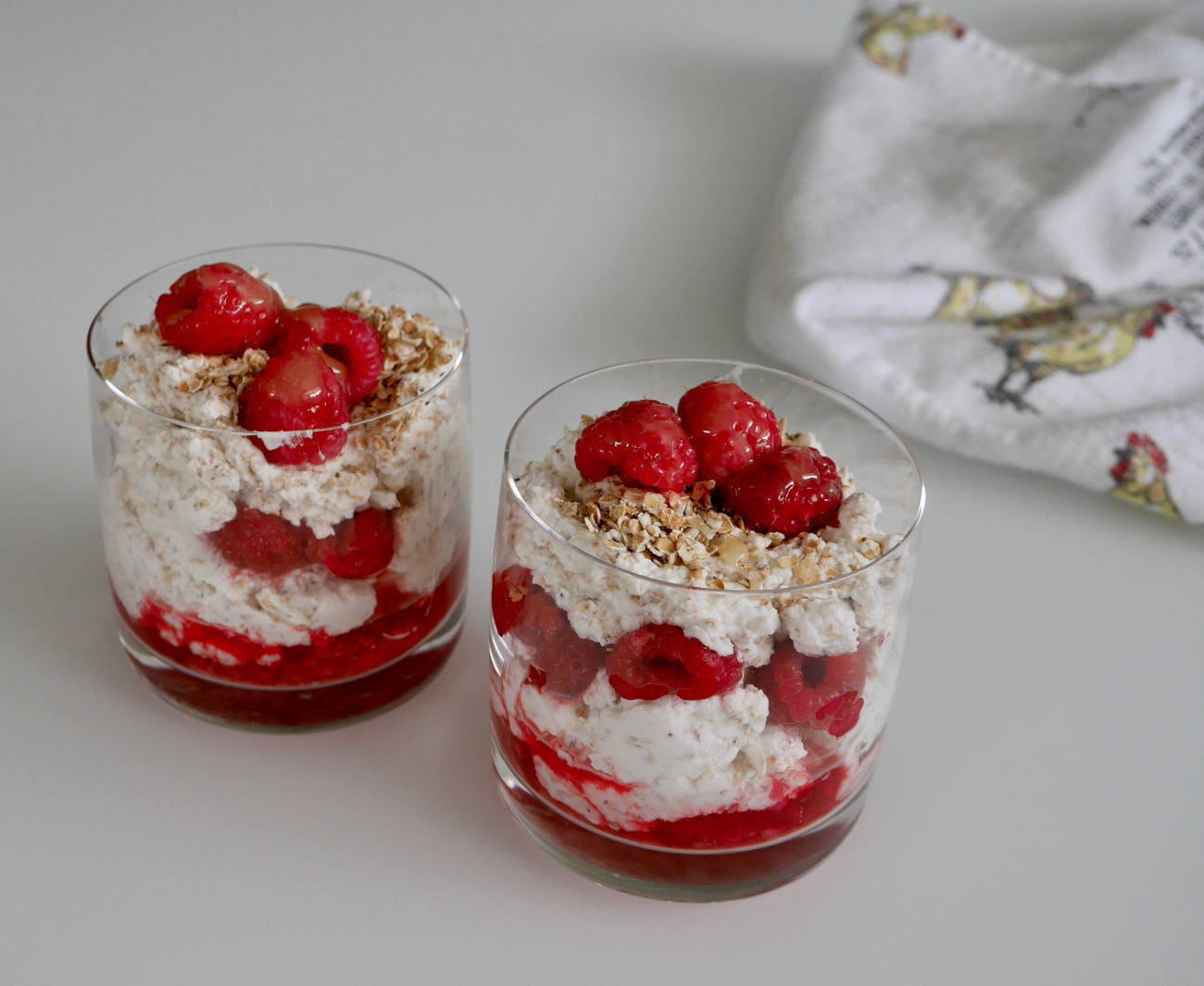
If you’re in Scotland in late August, then you’ll surely see this dessert Cranachan. This dessert is made around the raspberry harvest, utilizing fresh in-season fruit. Initially, it was made with regional honey called heather honey, which is a woody and fragrant honey from the moorlands, and crowdie, a raw milk-derived cheese. Nowadays, most honeys will do, and with milk manufacturing regulations restricting the commercial use of raw milk in food production, crowdie is generally replaced with heavy cream. Oats are soaked with whiskey and stacked trifle-like between layers of whipped cream and fresh raspberries.
Cullen Skink

Cullen Sink is warm-me-up Scottish comfort in a bowl. Original recipes seem to have derived from the of Northeast Scotland and that makes sense. With the cold northern winds and frigid weather systems, something thick and hearty was a requirement for that region. Firm haddock filets simmer in a milk-based broth alongside onions until everything is soft and thickened. A garnish of parsley is a must, brightening the flavors of the dish with a hint of vegetal freshness. It’s generally served with crusty bread, which is used to soak up the broth.
Roasted Grouse

This Scottish game bird is a frequent visitor on people’s menus — from high-class hotel courses to home-cooked Sunday dinners — this bird is uniquely Scottish. The bird is always the same, and the ingredients to roast the grouse will always vary. Seasonal herbs and berries are delightful highlights, but simple recipes using butter, bacon, and bread also exist as well.
Scottish Tablet
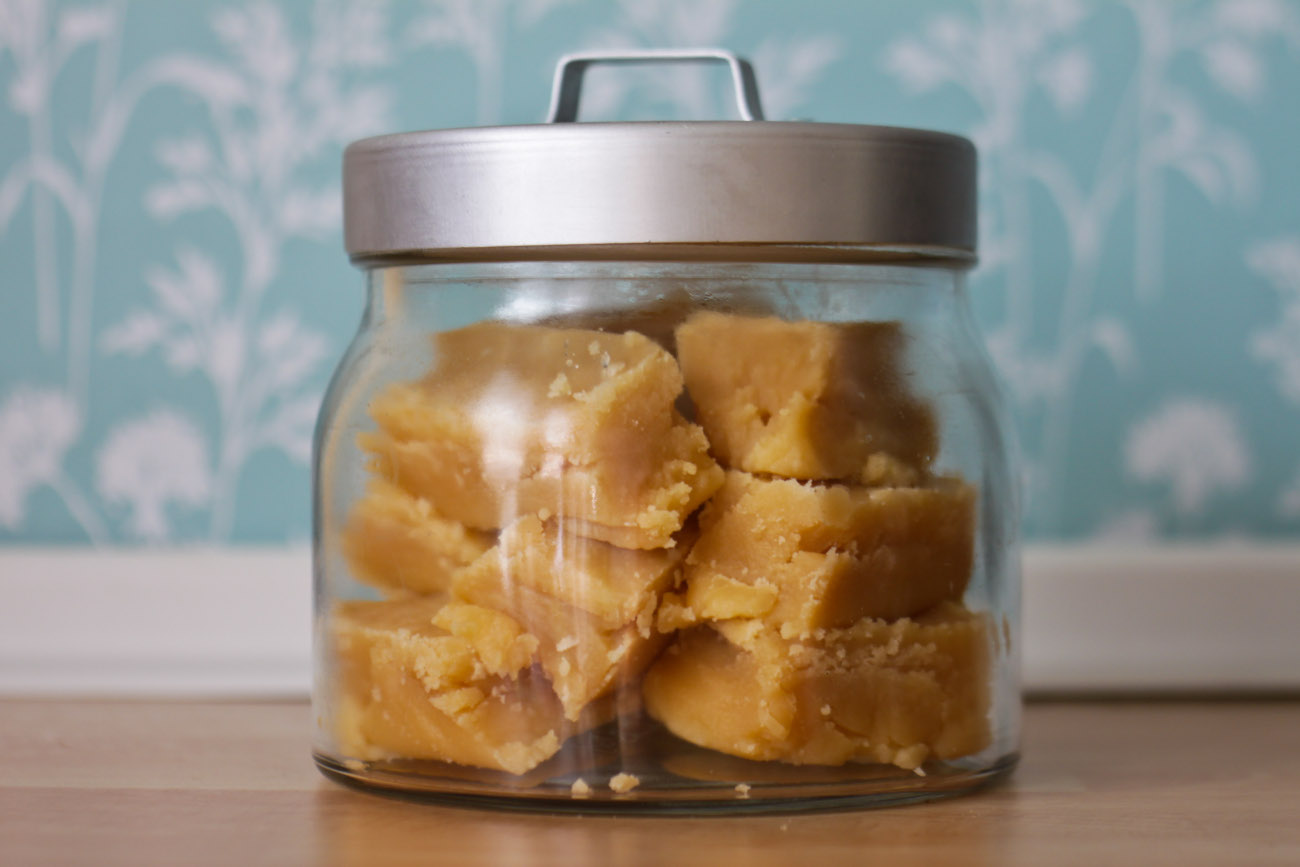
Nothing quite cures the blues brought on by a blistering Scottish winter like the sweet Scottish tablet. Upon first glance, a Scottish tablet looks like any old block of fudge, but its texture is quite different. Once sugar was readily available at an affordable price to average Scottish consumers, there was the Scottish tablet. A mixture of sugar and cream is stirred continuously in a pot until it thickens and gets a golden amber hue. With no fat, the tablets have a crumbly and coarse texture that is affectionately paired with tea.
Tunnocks Tea Cakes
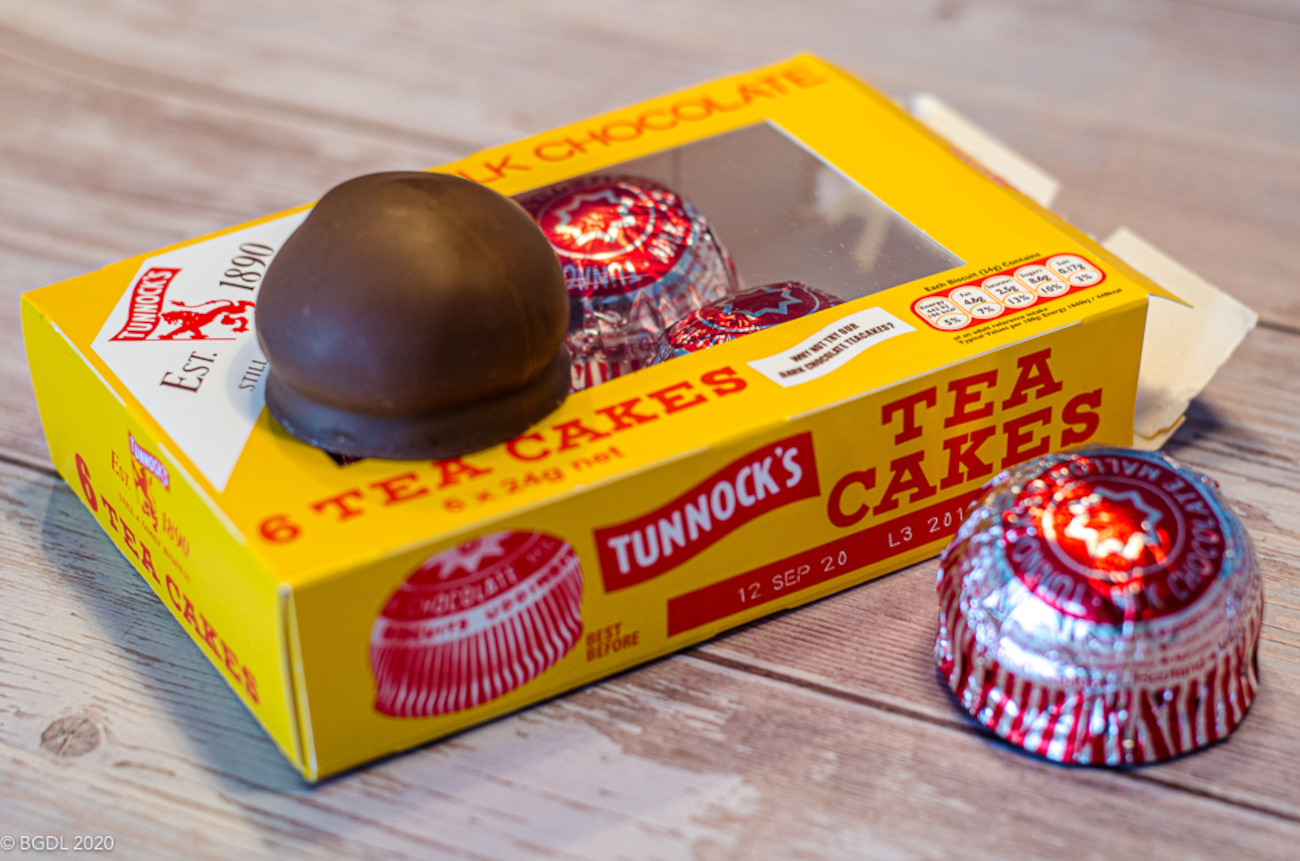
While there are many treats associated with Scotland and Scotland only, Tunnock Tea Cakes are by far the most famous and sentimental. Outside of the lion symbol on the box (which has in recent years been removed), it would be hard to distinguish these treats as Scottish. But the Tunnock company, which made baked goods, operated a tea parlor and catering services in Scotland since 1890, the teacake was a proudly and uniquely Scottish confection. A biscuit base is piled with meringue and then coated with a thin chocolate coating packaged in its signature foil wrapping.
